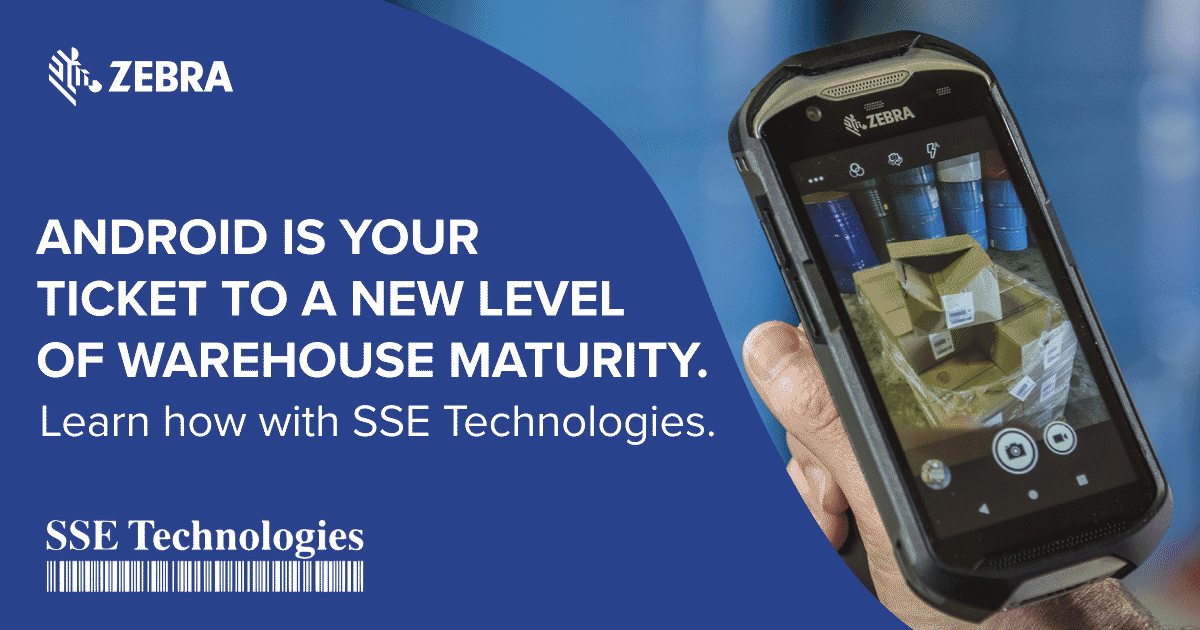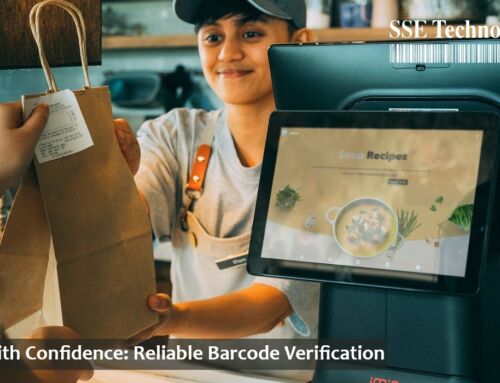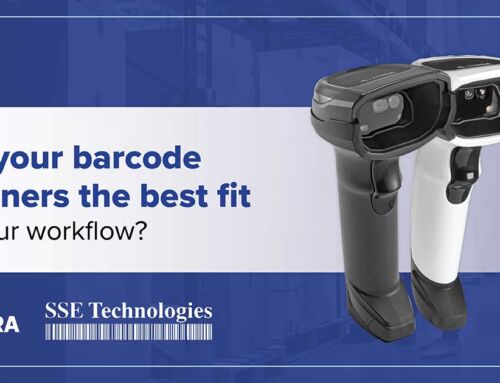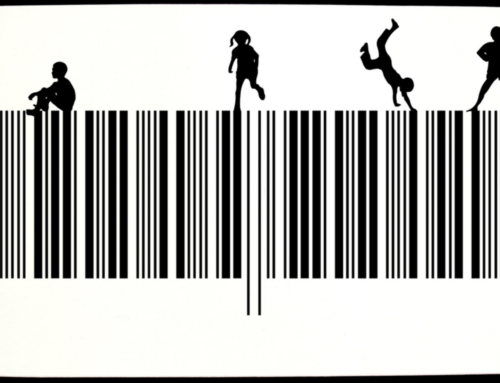It is no surprise that warehousing has evolved rapidly within the past two years. Research found in Zebra’s most recent Warehouse Vision Study estimates that 80% of decision-makers have accelerated their optimization plans in response to the 2020 COVID-19 outbreak. E-commerce has reframed consumer expectations, driving up demands for same-day shipping, direct-to-customer delivery, and real-time order tracking. While navigating through these challenges, distribution centers have also grappled with internal challenges such as product shortages, SKU proliferation, and a dwindling labor pool. Labor acquisition and retention have been top concerns for over half of warehouses. As a result, businesses must prioritize ease of use and quick adoption when developing systems to meet evolving consumer demands.
And That’s Where Android Comes In
Since 2021, about 65% of all consumer and enterprise handheld devices run on an Android platform. Popular on both the consumer and enterprise fronts, Android’s adaptable operating system provides a sense of familiarity, reducing training times and worker stress. Moreover, its open ecosystem facilitates app integration with less code rewriting. This ultimately enables seamless transitions from TE green screens to touchscreens, lowering adoption curves. Equipped with an intuitive and flexible platform, warehouses can adequately prioritize modernization strategies to benefit workflows.
How to Advance with Android
- Digitize Inventory Record-Keeping
Pen-and-paper systems may seem familiar at first, yet illegible handwriting and fast-paced operations may leave room for more costly errors down the line. Android enterprise computers enable workers to update inventory counts, monitor stock levels, and request replenishments through one user-friendly platform. Furthermore, Android’s recurrent security patches prevent data leaks and unauthorized access, protecting sensitive data while enabling greater operational visibility and inventory control.
- Disperse and Monitor Tasks
Productivity levels are more likely to drop when workers must learn to use multiple disparate devices. On the other hand, two-way radios and communicators are still crucial to connect teams and deploy tasks and alerts. Android’s open app ecosystem empowers IT teams to integrate push-to-talk systems within mobile devices, eliminating the need for multiple communicators.
- Enable Real-Time Visibility Across Your Whole Facility
Fast reactions require proactive systems. To enable real-time visibility across your teams, Zebra’s Android devices seamlessly connect with your WMS, providing administrators with real-time updates on vital workflows. Intelligent software can later be programmed to alert teams of dropping stock levels, delays, or compliance changes to prevent downtime.
Getting Started with SSE Technologies and Zebra
There is no one-size-fits-all solution when it comes to warehouse optimization. That’s why our teams work with technology leaders to match unique workflows with unique, purpose-built systems. As you evaluate your operations, we recommend you consider the following directives:
- Identify operational challenges currently affecting the bottom line
- Focus on core workflows for greater impact
- Orchestrate upgrades with your WMS to avoid gaps in upgrades
Take a look at the complete warehouse modernization guide here.
As you outline optimization areas and potential challenges, your automation team can design a modernization solution that grows with your organization. Reach out to our automation teams to learn how you can keep leveraging Android to enhance your warehouse operations.







